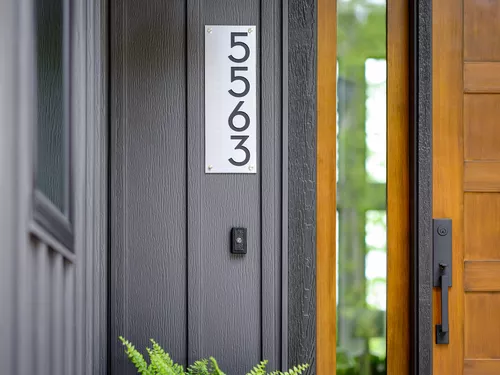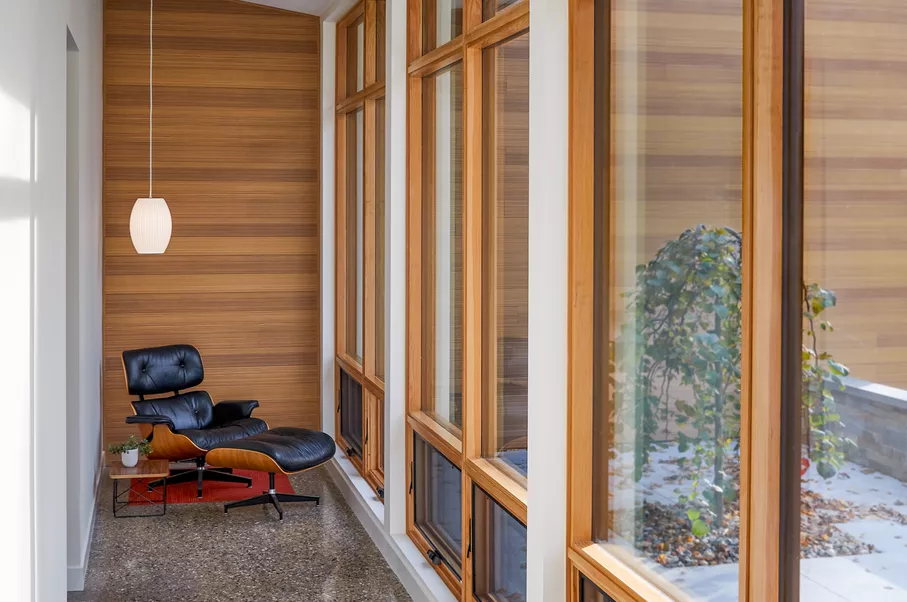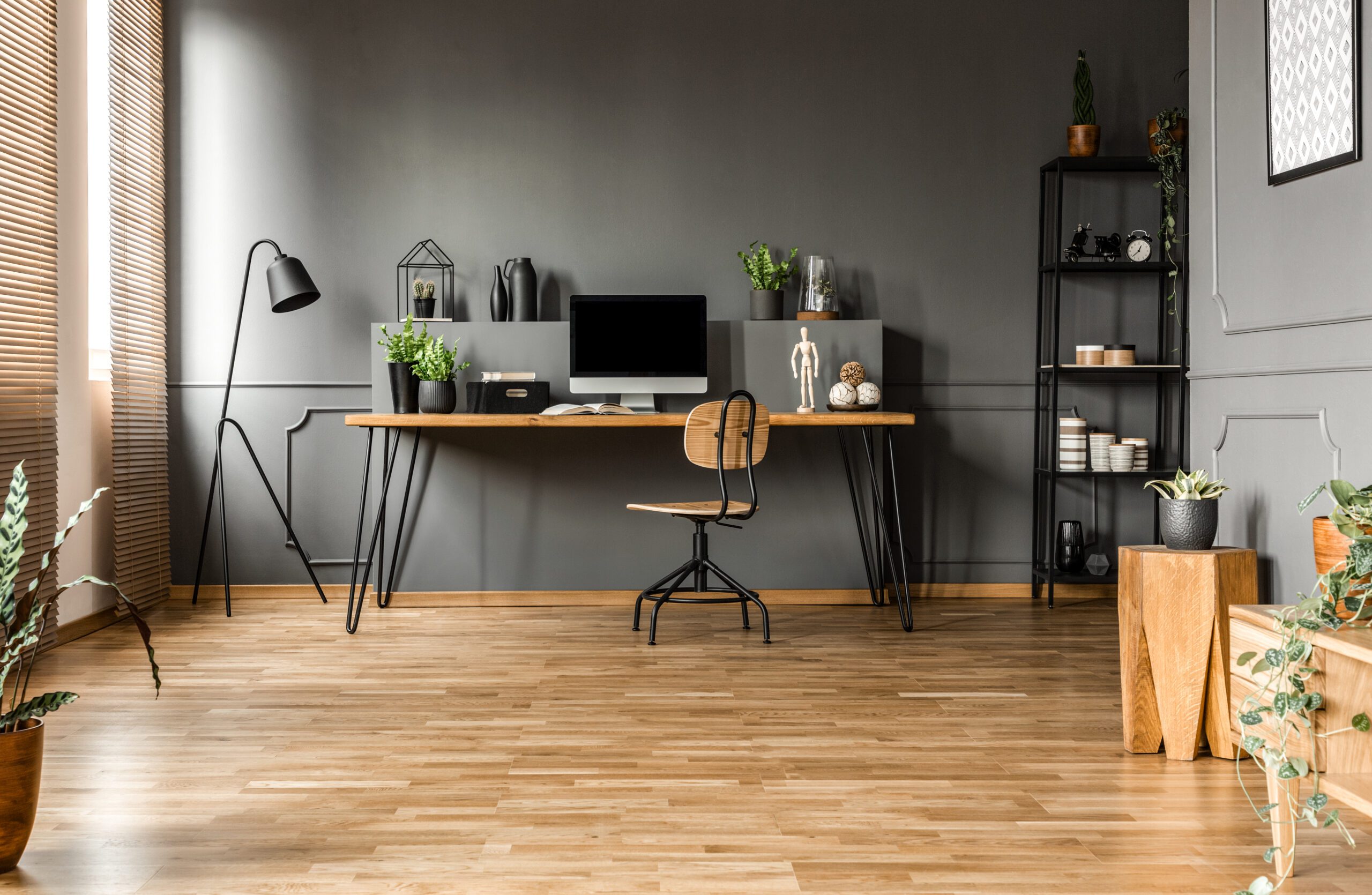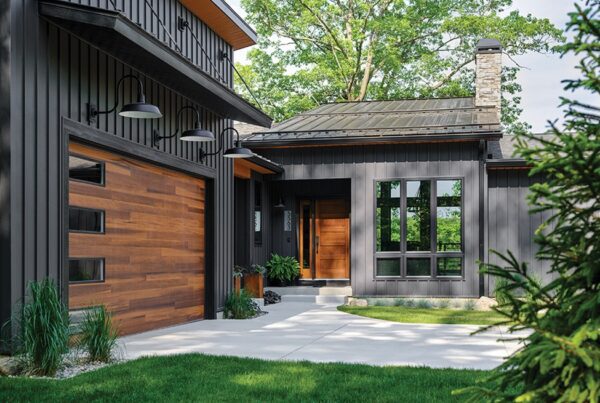Nowadays, the buzzword is “hybrid work.” This means that many employers and organizations are willing to implement or are already implementing flexible working arrangements with their employees.
But are we ready? Can we really say that we and our home are ready for this kind of work arrangement? We invited Ryan Anderson, VP of Global Research and Insights from Herman Miller so he can share with us his thoughts and learnings on how to make our homes ready for remote work.

VP OF GLOBAL RESEARCH & INSIGHTS, HERMAN MILLER
Ryan Anderson
“The indoors is beginning to mimic outdoors, which is one of the reasons I emphasize the need for natural light.
A lot of people are preferring to begin to work outdoors more and 2020 was a reminder of just how much we treasure the outdoors.”
Everyone’s Homes and Situations are Different
One assumption that can be disruptive when implementing a work from home arrangement is that assuming everyone has the same living conditions.
This is why there’s a lot of debate going on whether learning or working from home is the future or it’s impossible. “And the reality is it’s highly varied,” said Anderson. He stressed that, when considering this kind of learning or working arrangement, we have to consider the different kinds of environments and how a diverse set of individuals can live even within a single household. In fact, through Herman Miller’s Work From Home Ergonomic Assessment tool, Anderson was able to gather data which states that 52% of their respondents do not have dedicated space for them to do their work and 45% also responded that they’re sharing their space with someone. With this, many people are exploring a lot of options and implementing different tactics to make whatever space they have conducive to working or learning. “And so, in order to create more equitable experiences, organizations are going to begin giving people more choice. They already have. And that means that, without doubt, homes will take on an increased burden in terms of supporting people’s productivity and health, as far as their work goes.” Ryan Anderson, VP of Global Research and Insights, Herman Miller. Setting up a workspace for ourselves or for others can be daunting, especially with the variety of factors that we have to consider. But according to Anderson, we can start with something “small” but an essential part and that is setting up boundaries.


HOW REMOTE WORK IS CHANGING THE WAY OUR HOMES LOOK
“And so, in order to create more equitable experiences, organizations are going to begin giving people more choice.
The already have. And that means that, without doubt, homes will take an increased burden in terms of supporting people’s productivity and health, as far as their work goes.”
RYAN ANDERSON
Tips On Merging Home and Work Space
According to Anderson, it’s important to build a proper transition from your personal space to your working space. This is not just so you can have a proper work environment, but this transition or by creating a boundary can help you balance your personal and professional life.
Here are some tips Anderson shared with us:
You can work around with what you have and make simple adjustments even if you do not have a spare room or enough space to work with. Some ideas are using acoustical fabrics for improved noise cancellation, putting up flexible small screens as dividers, or even simply moving closer to the window so you can get some natural light. If you’re sharing your space with some people, everyone can also practice being mindful of causing distractions.
Lastly, if you’re building or setting up space, be purposeful when planning. Some things that might seem trivial can actually make or break your work from home experience. You should start paying attention to lighting, sitting options or arrangements, power access, and even the strength of the WIFI range in that certain spot. What’s good about this tip is that it can be applied whether the space is for work or not.







